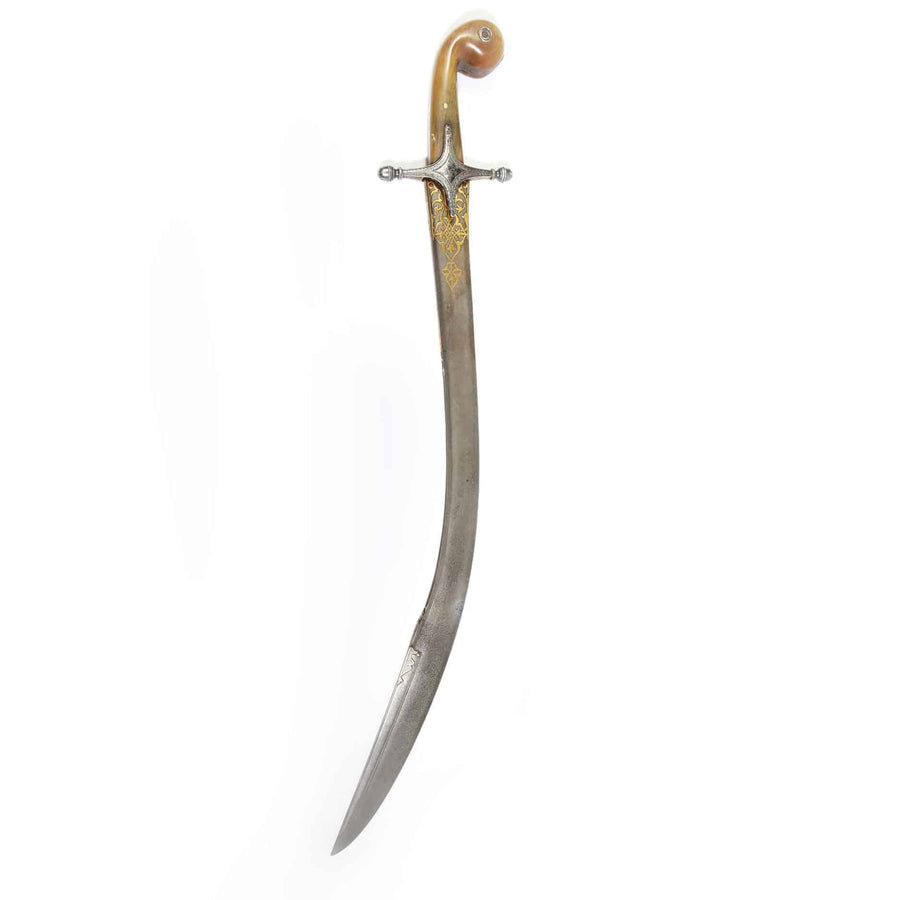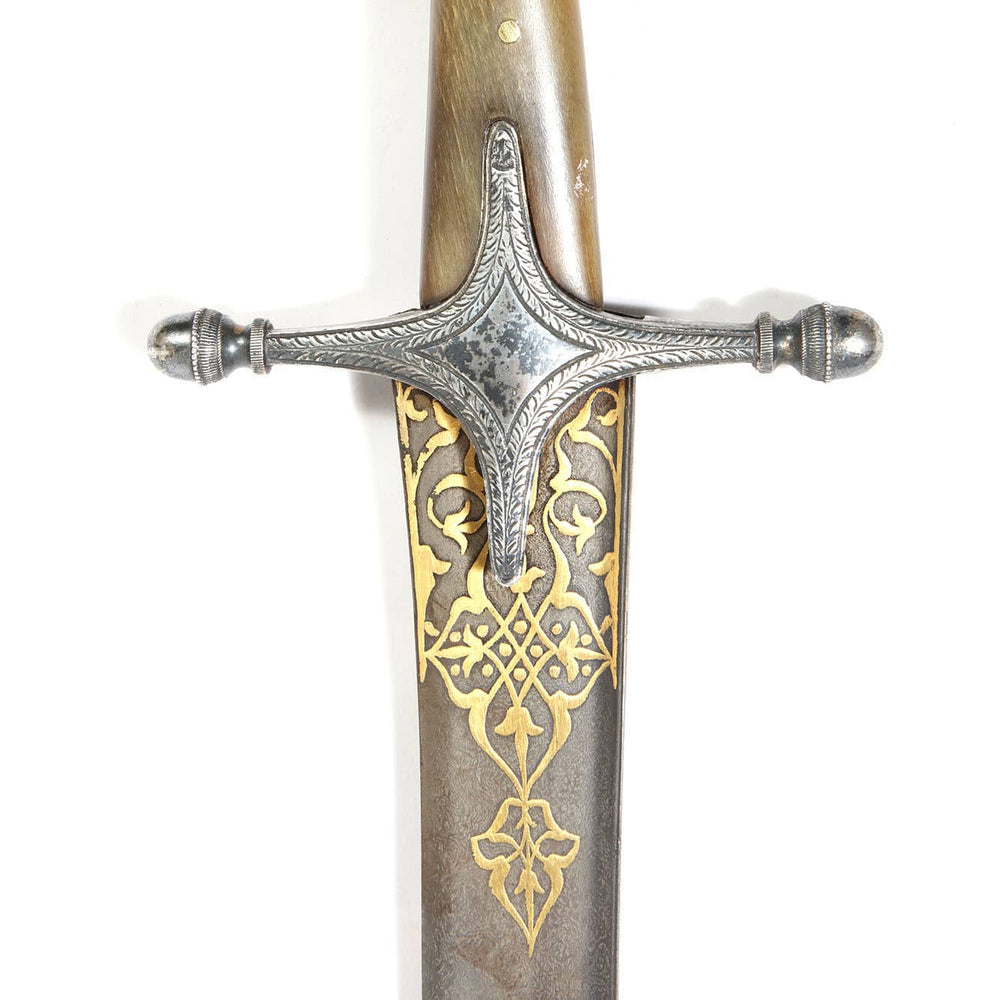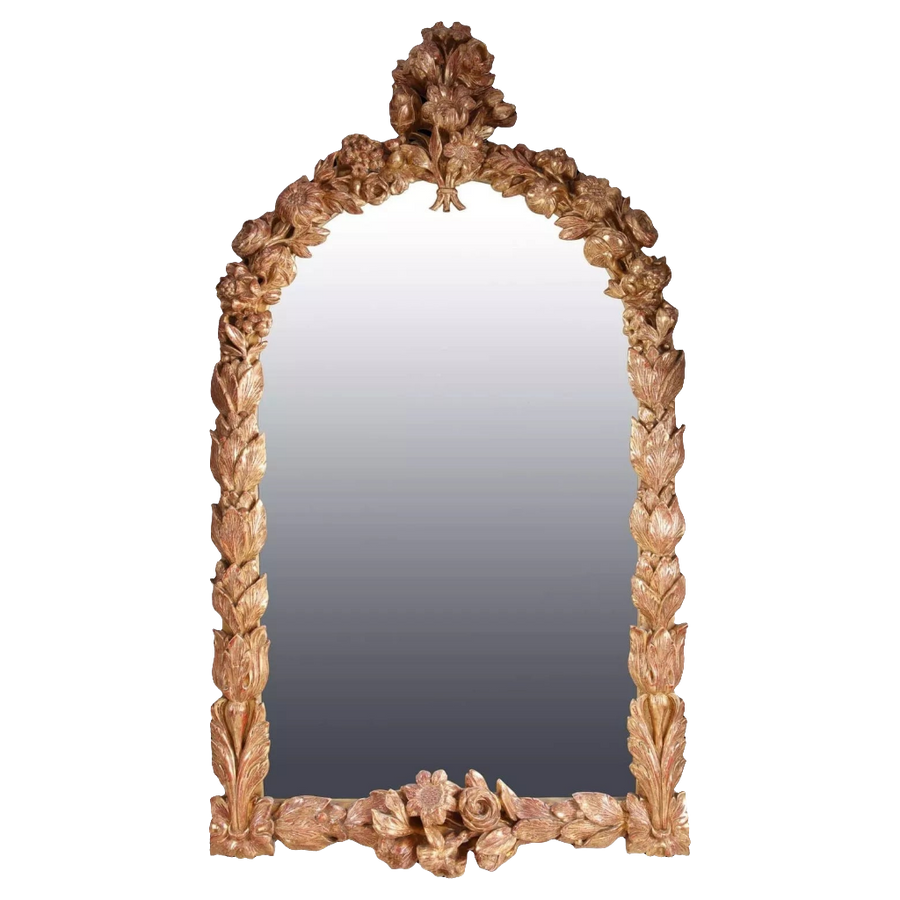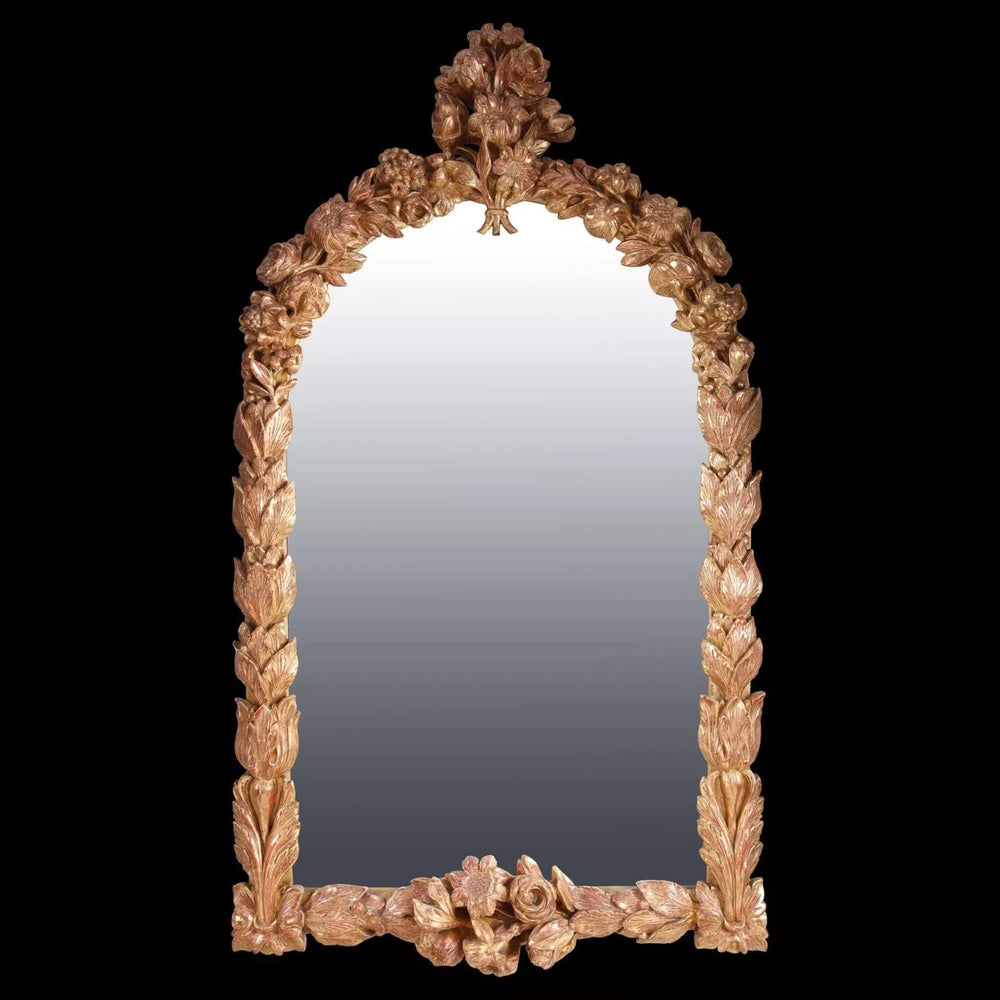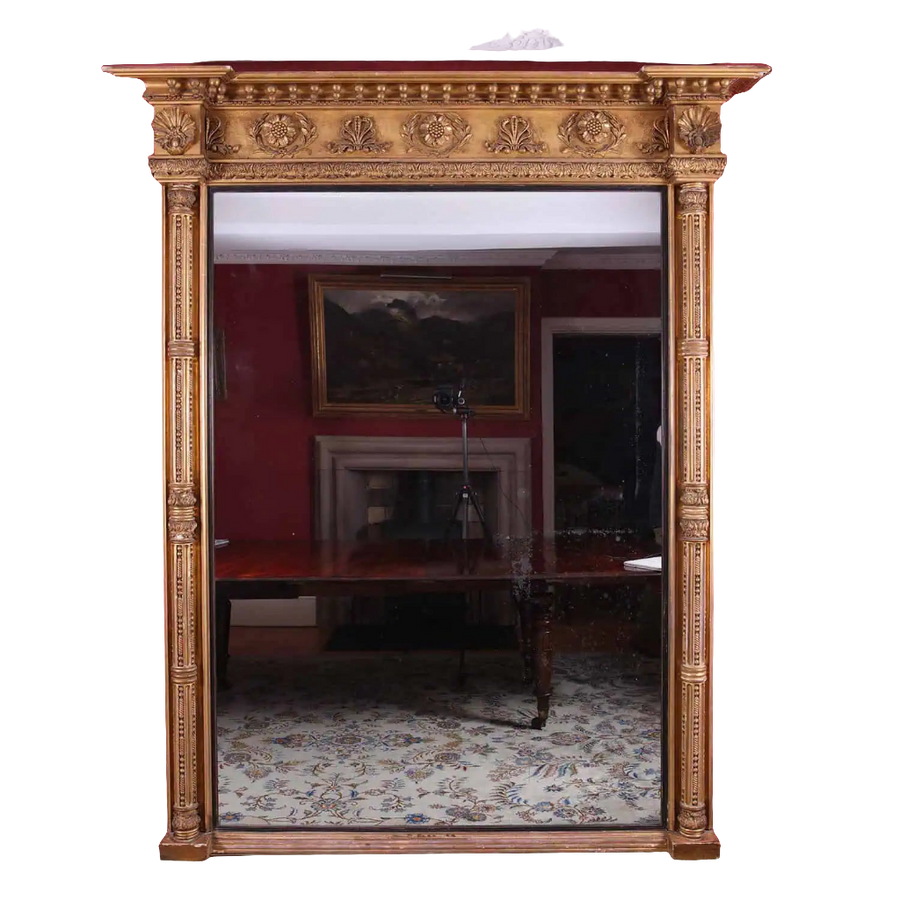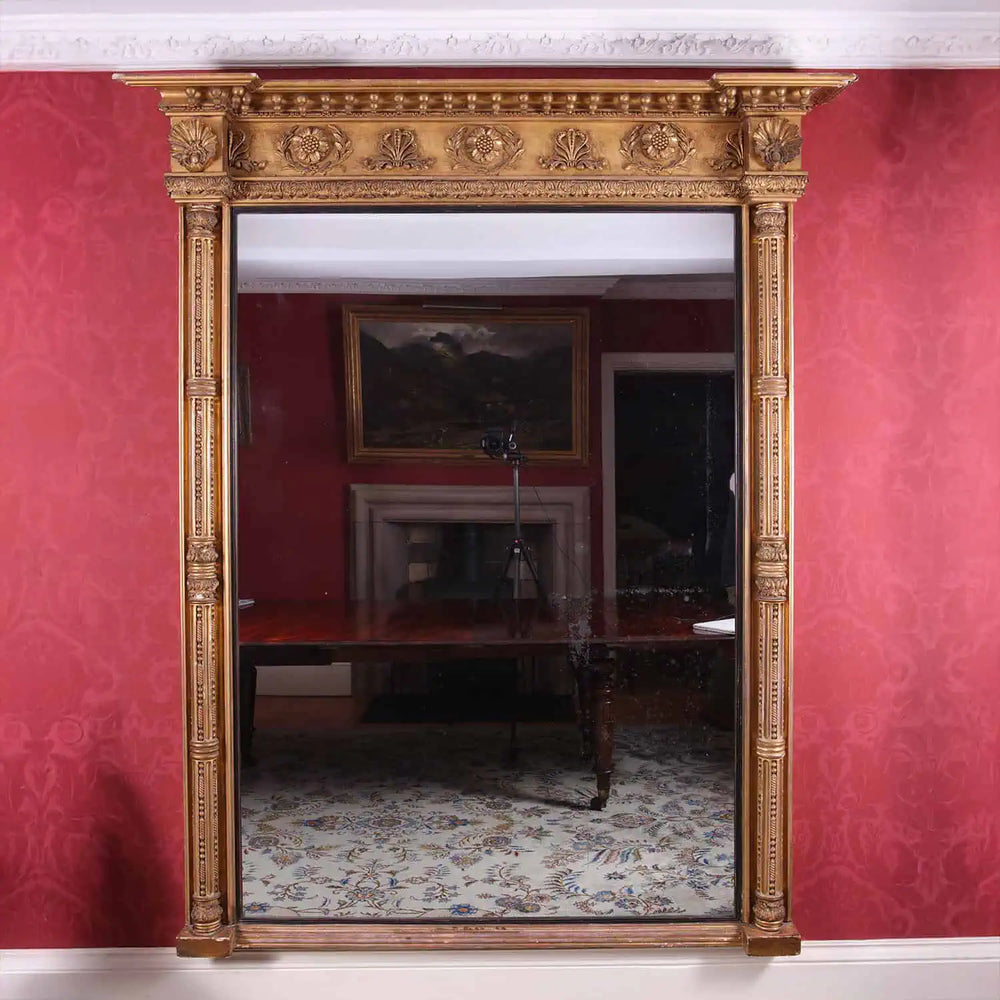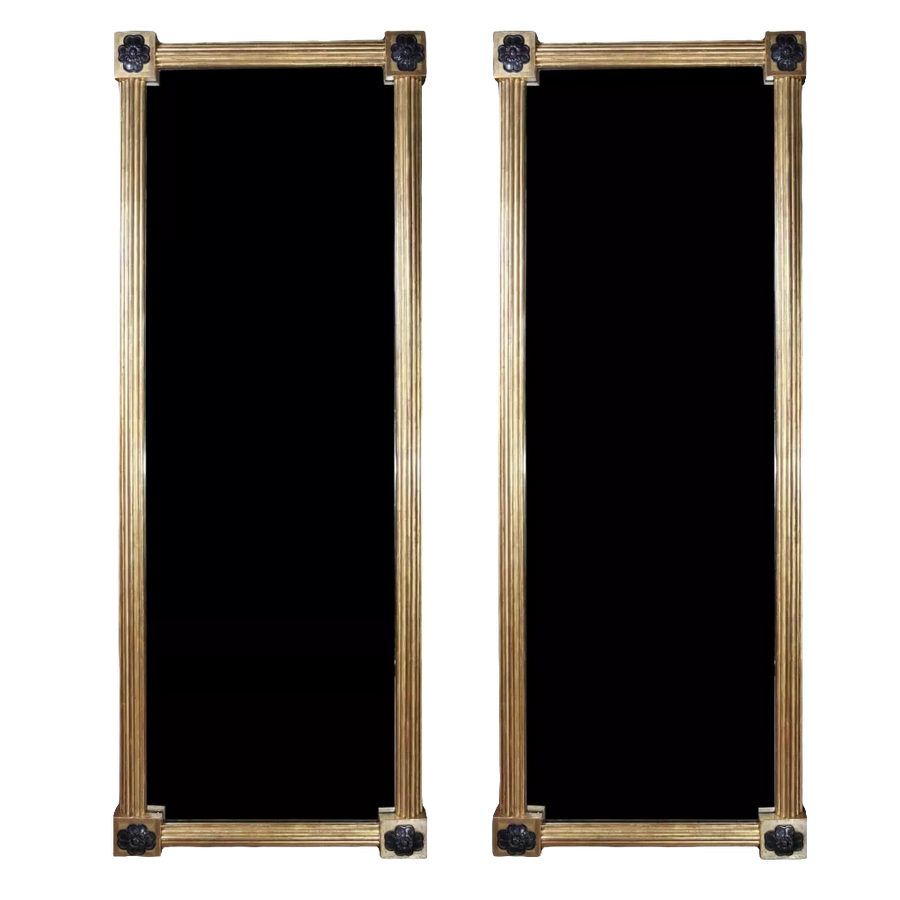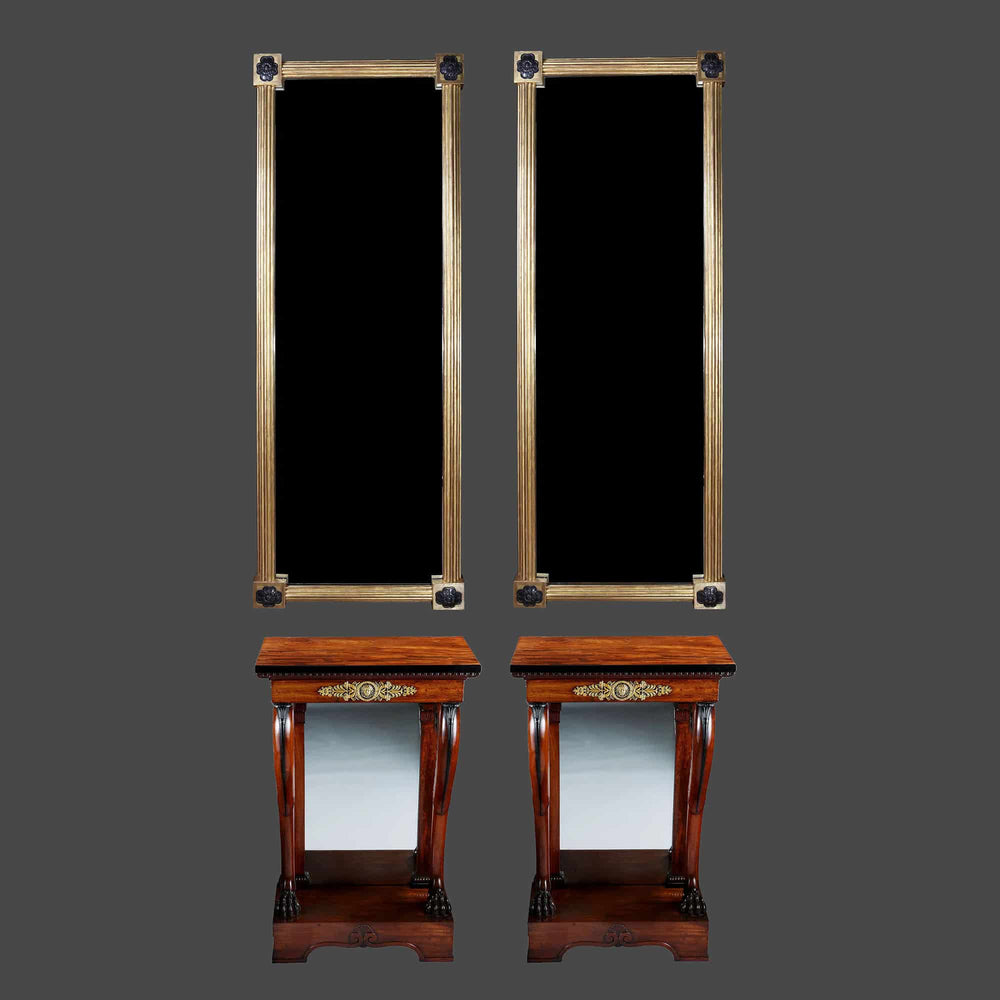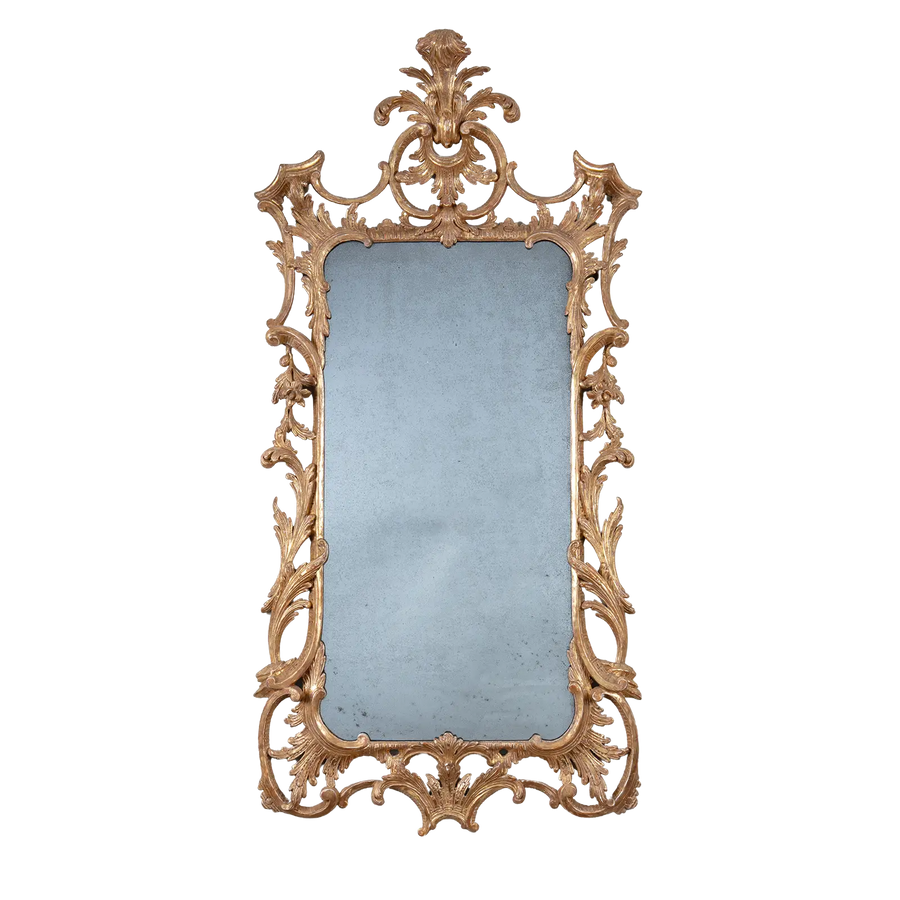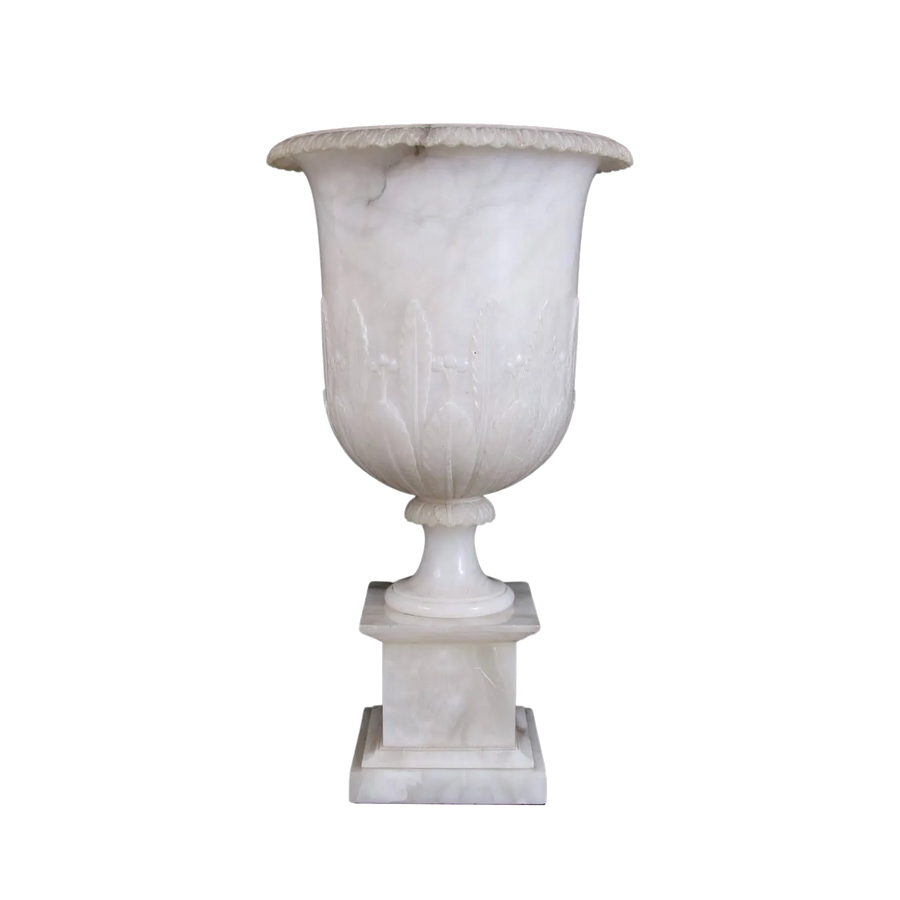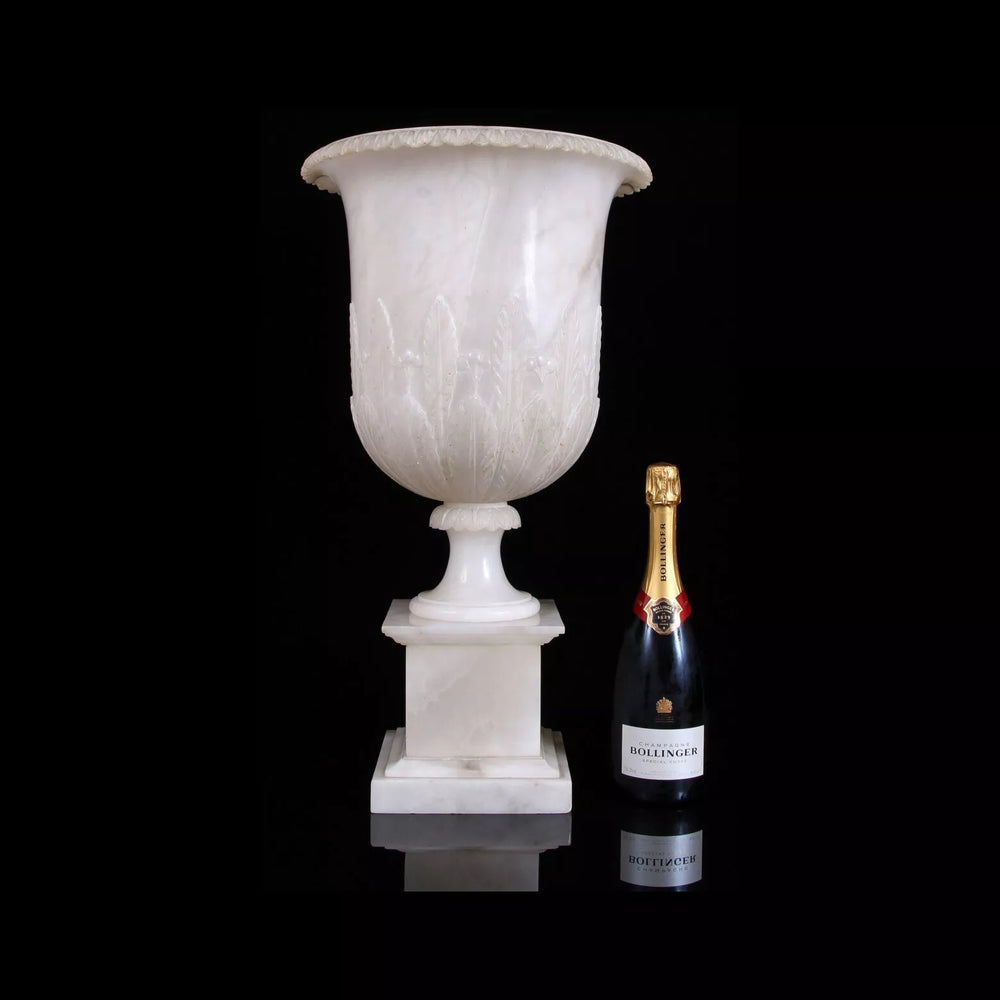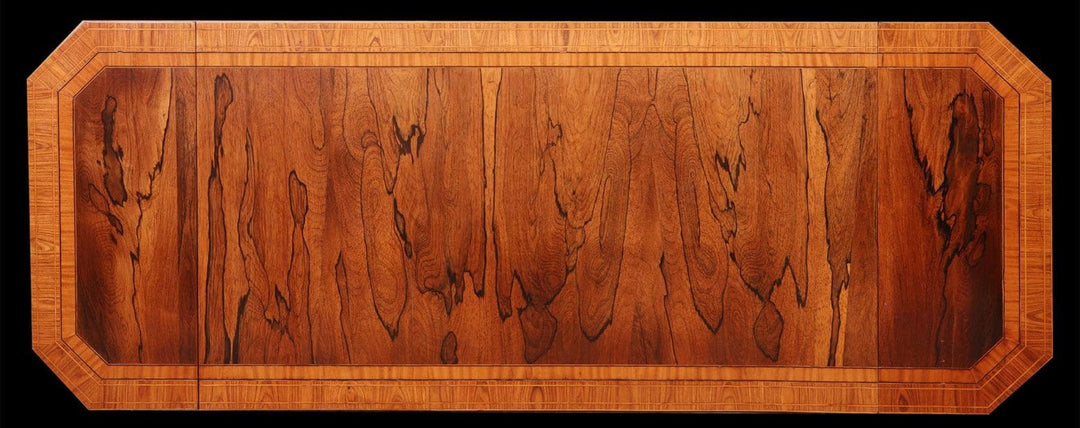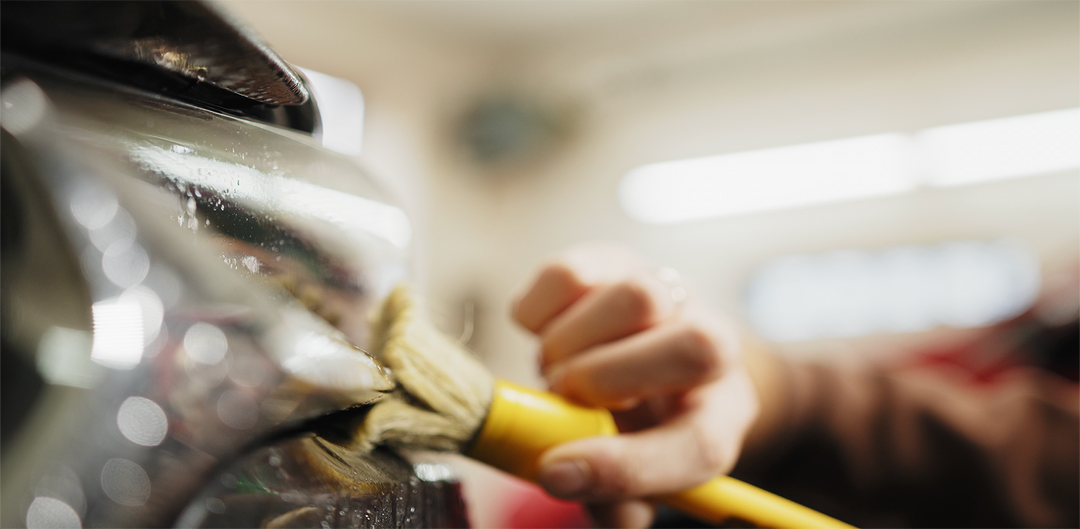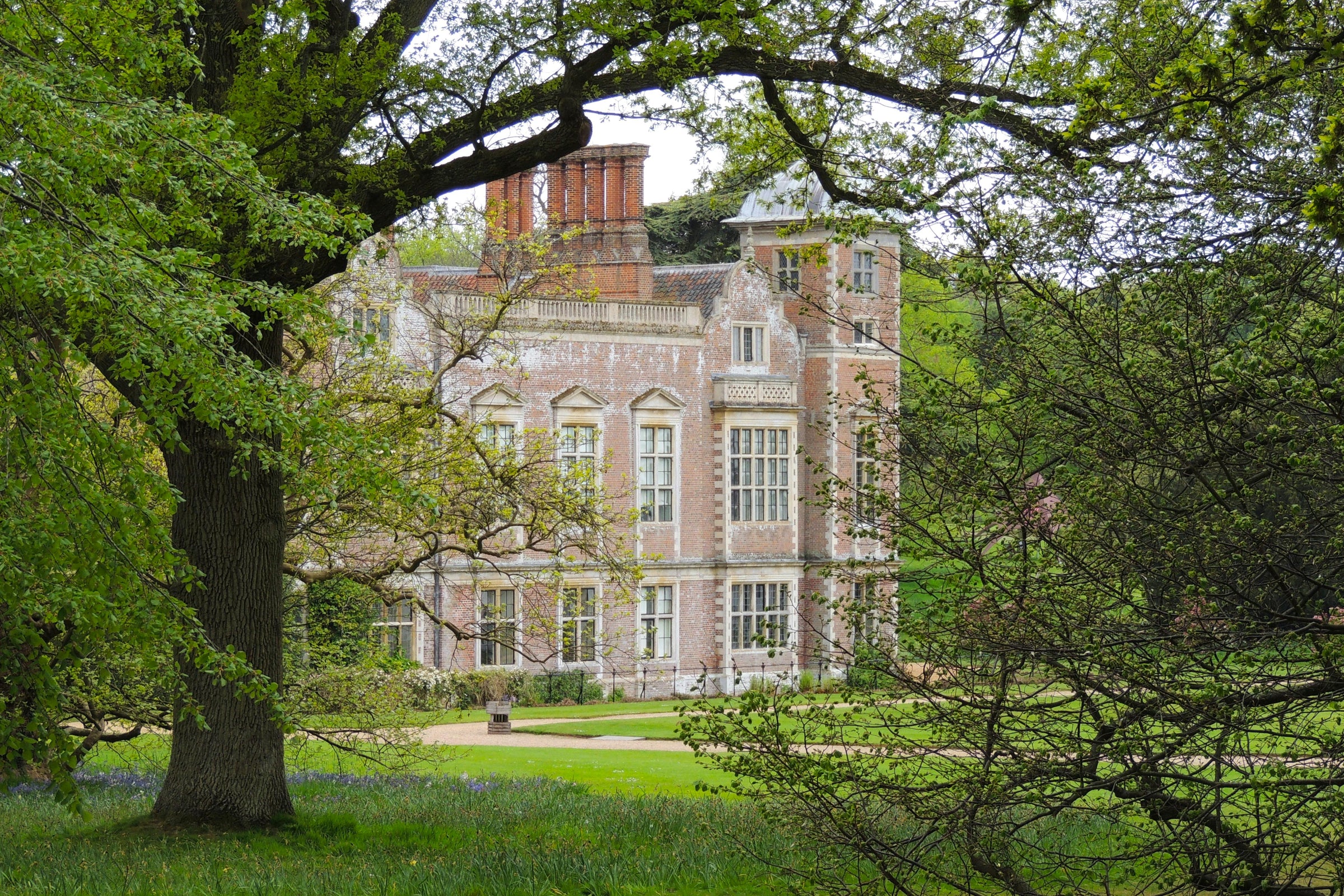
The furniture found in English country houses—such as Chatsworth, Castle Howard, and Blenheim Palace—is a testament to centuries of evolving taste, wealth, and cultural ambition. Made for grandeur as much as for domestic comfort, these furnishings were often bespoke commissions, reflecting the architectural scale and decorative schemes of the great houses they inhabited.
From the late 17th century onward, furniture in these estates moved beyond mere utility to become an essential part of the artistic and social expression of the British aristocracy. Grand suites of chairs, tables, and cabinets were designed to impress, often produced by the leading cabinetmakers of the day—names like Thomas Chippendale, George Hepplewhite, Thomas Sheraton, and later, Gillows of Lancaster.
Key features of English country house furniture include:
-
Monumental Scale: Pieces were made to suit vast, high-ceilinged rooms—think large sideboards, mahogany dining tables that could seat dozens, and towering bookcases. Upholstered sofas, daybeds, and chairs were often generously proportioned to fill expansive drawing rooms and libraries.
-
Superb Craftsmanship: Finely carved details, marquetry inlay, and giltwood ornamentation were common. High-quality woods such as mahogany, walnut, satinwood, and rosewood dominated, often paired with luxurious textiles like silk damask, tapestry, or velvet.
-
Eclectic Influences: The decorative styles followed broader artistic movements—from Baroque and Palladian elegance to Rococo exuberance, followed by the classical restraint of the Georgian and Regency periods. Oriental chinoiserie, Gothic Revival, and the Italianate also found their place, often within a single estate reflecting generations of layered tastes.
-
Functional Luxury: Beyond showpieces, the furniture supported the rhythms of rural aristocratic life. Writing desks, dressing tables, fire screens, and games tables were designed for daily use, while deep library armchairs and ottomans signalled a shift towards personal comfort.
-
Commissioned Design: Many pieces were specifically created for a certain room or purpose—incorporating family crests, matching architectural elements, or even harmonising with painted ceilings and wall panelling. Furniture-makers often worked closely with architects like Robert Adam or William Kent to create cohesive interiors.
These furnishings were central to the rituals of country house life, from formal entertaining in the dining room to quiet reading in the library or tea in the drawing room. Today, surviving examples in country houses and museum collections offer a rich window into the social history, artistic ambition, and enduring legacy of Britain’s stately homes.






